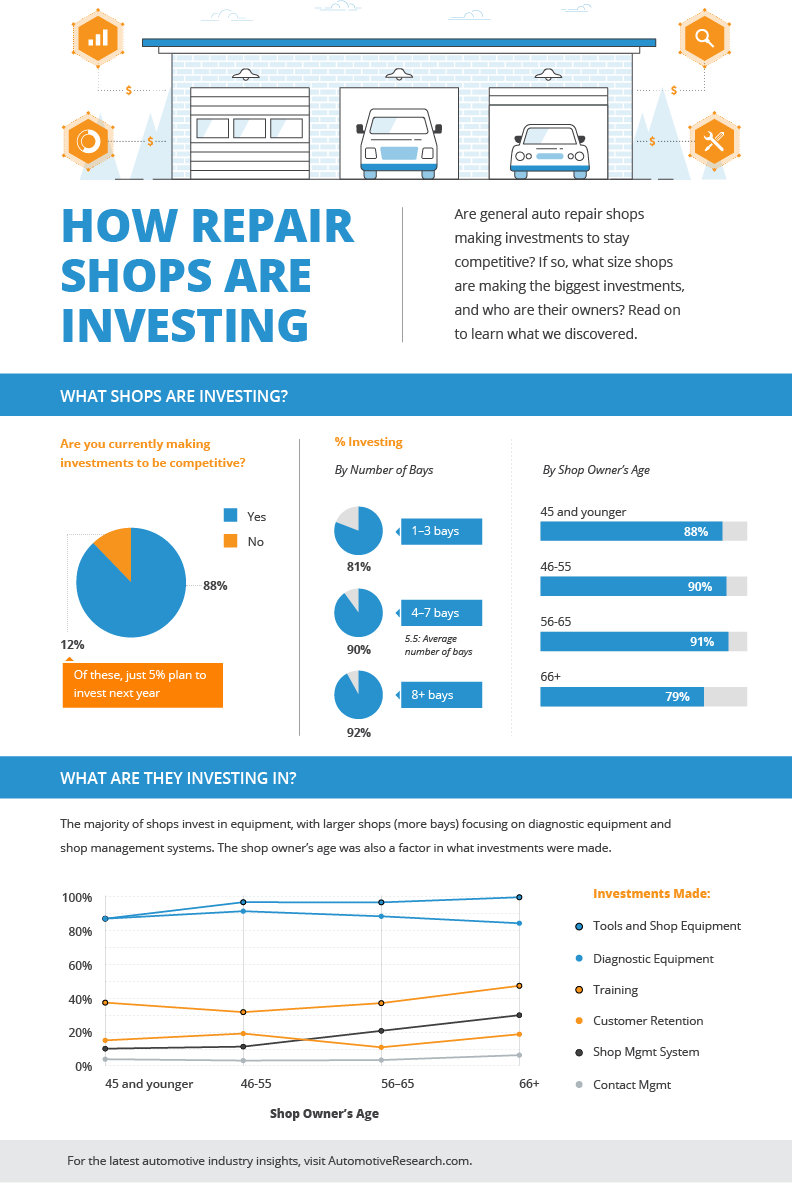When you lag the wheel, those radiant warning lights on your control panel can be a bit complicated. Do you understand what they're trying to tell you regarding your vehicle's health and wellness? Recognizing the significance of these lights is crucial for your safety and the longevity of your lorry. So, the next time one of those lights turns up, wouldn't you intend to decipher its message precisely and take the essential actions to address it?
Common Warning Lighting and Interpretations
Recognize common warning lights in your auto and understand their significances to make certain safe driving.
One of the most normal warning lights include the check engine light, which signifies issues with the engine or exhausts system. If this light comes on, it's crucial to have your automobile checked immediately.
The oil pressure warning light shows reduced oil stress, calling for immediate focus to stop engine damages.
A blinking battery light could recommend a defective charging system, potentially leaving you stranded if not resolved.
linked web page tracking system (TPMS) light alerts you to low tire pressure, influencing car security and gas efficiency. Ignoring this might bring about dangerous driving problems.
The abdominal light shows a problem with the anti-lock braking system, endangering your capability to stop swiftly in emergencies.
Finally, the coolant temperature cautioning light warns of engine getting too hot, which can result in serious damage otherwise dealt with quickly.
Recognizing these common caution lights will certainly aid you deal with concerns quickly and keep safe driving problems.
Importance of Prompt Interest
Understanding the typical caution lights in your vehicle is just the first step; the significance of immediately attending to these cautions can't be stressed enough to guarantee your safety when driving.
When mechanic shop brightens on your control panel, it's your auto's way of connecting a potential concern that requires focus. Disregarding these warnings can lead to extra severe issues down the road, jeopardizing your security and possibly costing you more out of commission.
Prompt interest to cautioning lights can avoid failures and accidents. As an example, a blinking check engine light can indicate a misfire that, if left neglected, might cause damages to the catalytic converter. Resolving this quickly can conserve you from a costly repair service.
In a similar way, a brake system cautioning light might signal low brake fluid or used brake pads, important elements for your safety and security when driving.
DIY Troubleshooting Tips
If you observe a warning light on your control panel, there are a couple of do it yourself repairing suggestions you can attempt prior to looking for professional assistance.
The first step is to consult your automobile's guidebook to recognize what the certain caution light shows. In some cases the problem can be as straightforward as a loosened gas cap triggering the check engine light. Tightening the gas cap may solve the issue.
One more usual issue is a low battery, which can set off different advising lights. Inspecting the battery connections for deterioration and ensuring they're safe may take care of the problem.
If a warning light persists, you can attempt resetting it by disconnecting the cars and truck's battery for a couple of mins and after that reconnecting it. Additionally, examining your car's liquid degrees, such as oil, coolant, and brake liquid, can aid troubleshoot warning lights connected to these systems.
Conclusion
In conclusion, recognizing your auto's warning lights is important for maintaining your vehicle running smoothly and securely. By promptly resolving these alerts and recognizing what they mean, you can stay clear of pricey repairs and possible break downs.
Bear in mind to consult your car's handbook for specific details on each cautioning light and do something about it appropriately to ensure a trouble-free driving experience.
Stay educated, remain safe when traveling!
